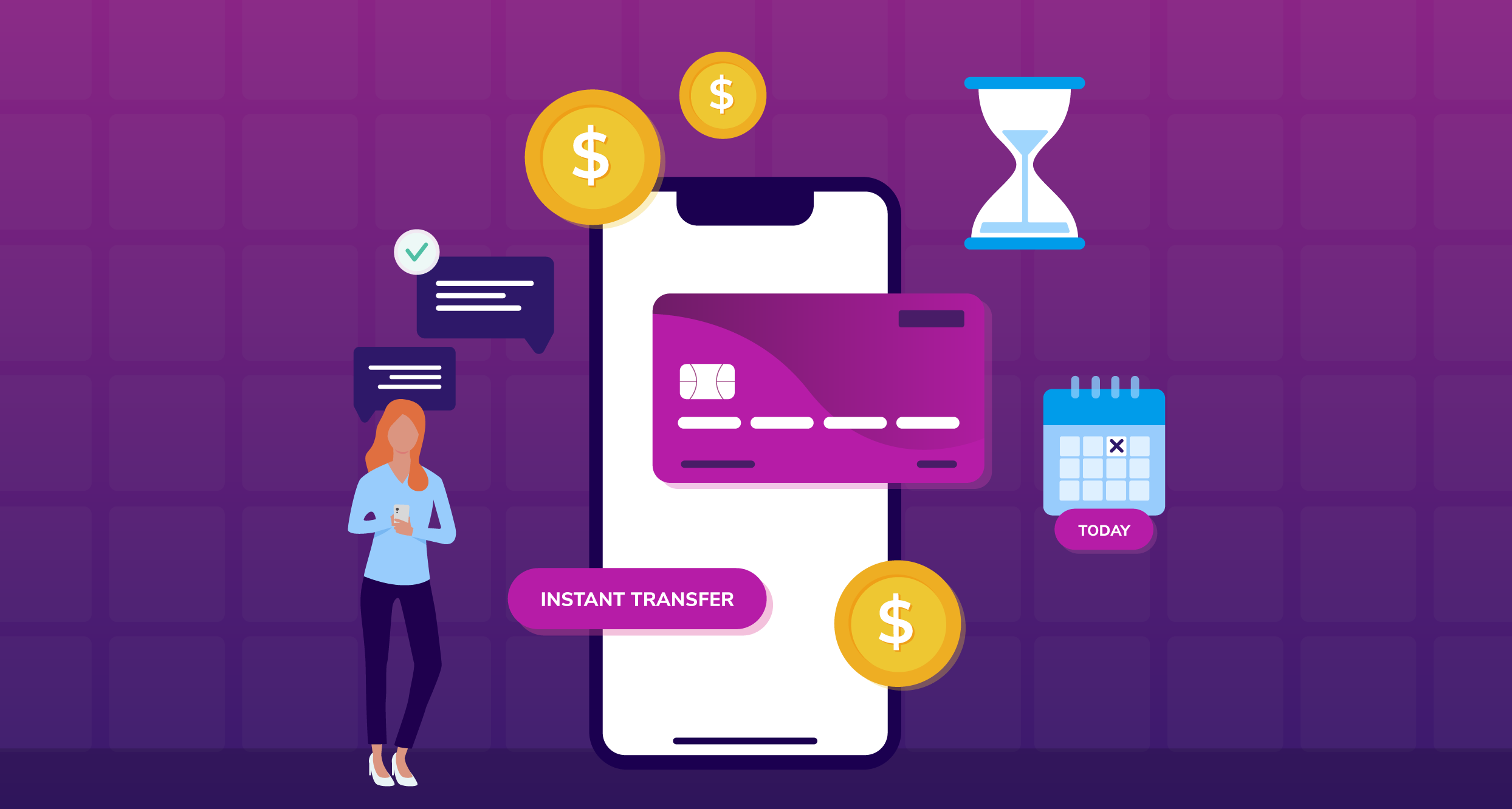From 'Nice to Have' to 'Must‑Have': Navigating the Instant Payments Landscape

The people have spoken: Businesses and consumers alike want faster payments. It’s no longer a “nice to have,” but an expectation. With the recent release of the FedNow real-time payment platform, banks are under increased pressure to provide modernized payments. According to Gartner, the banking payments industry faces challenges from economic and social volatility. Consumers and businesses are giving their business to financial institutions that can give them what they want.
Gartner recently identified payment trends and identified deeper reasons for improving a financial institution's payment processing infrastructure. The top two drivers are to provide services to clients and to support new payment schemes.
CIOs have some opportunities, according to Gartner. They can adopt request-to-pay solutions, integrate automation, and deploy payments on the cloud for improved client acquisition, retention, and operational efficiency. A modernized payments infrastructure provides a foundation to leverage innovations and trends like alternative settlement methods for faster, lower-cost cross-border and cross-currency payments.
We’re making available for download this research from Gartner that talks through information, opportunities, and recommendations for banking CIOs to capitalize on the top technology payment trends.
Payment Services
Our recent article, Money Moves: Are You Ready for the FedNow Service Rollout?, highlights various use cases for real-time payments. These use cases cover various scenarios where real-time payments can offer convenience, efficiency, and improved financial transactions, such as:
- Person to Business (P2B) – Bill pay, online shopping, retail purchases, taxes and fee payments, healthcare and insurance payments
- Person to Person (P2P) – Send money to friends and family, pay for household services
- Business to Person (B2P) – Direct deposit, customer incentives, independent contractors
- Account to Account (A2A) – Transfer within the same or to a different financial institution, prepaid debit
- Business to Business (B2B) – Vendor/supplier just-in-time payments, fraud prevention, direct deposit for temporary and hourly workers, liquidity management
Despite the widespread adoption of the above use cases, real-time payments are quickly growing beyond the previously identified examples.
New Payment Schemes
Demand for cross-border real-time payments continues to rise, and with it, the need to adopt the ISO 20022 payment standard. Another example is Request to Pay (R2P) using real-time payment rails. Gartner reports CIOs should look ahead and provide extensible and flexible payment infrastructure to grow and adopt payment innovations and trends as they come.
New Payment Fraud
Instant payments bring instant fraud. Scammers are good at convincing customers to authorize payments. Between 2021 and 2022, Authorized Push Payment (APP) fraud and scams tripled worldwide—and this is before the release of FedNow. Once a customer approves a payment, it's instantly processed and irrevocable, so fraud detection methods must be real-time as well. Companies can use machine learning and automation to detect and combat real-time fraud, reduce IT and operation costs, and increase payment processing efficiency.
Look to the Future
Financial institutions need to elevate the digital experience. In terms of service, the paradigm has shifted so that the focus should be on what's best for the customer instead of what's best for the bank. Legacy payment infrastructures aren't sufficient to "pioneer new payment models," as Gartner suggests.
Instead, CIOs must assess internal capabilities, map them to customer needs, and plan for the future to capitalize on emerging trends. Often this means creating an entirely new infrastructure and modern architecture. Repositioning financial services isn't easy, but it's critical, especially in the anytime, anywhere world of instant payments.